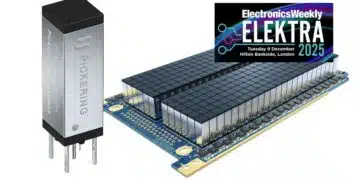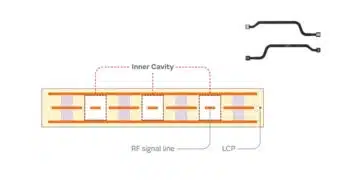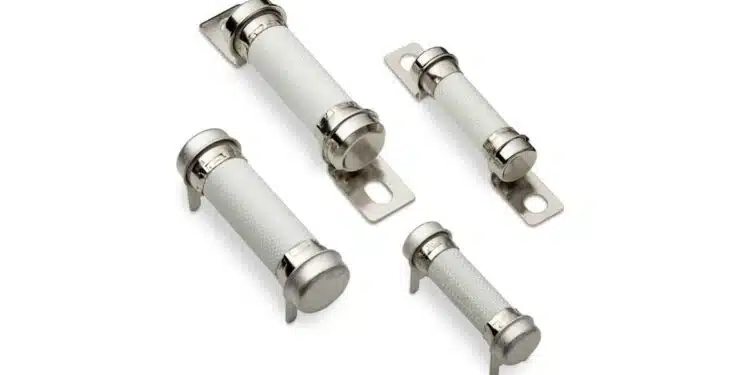Littelfuse, Inc., a diversified, industrial technology manufacturing company empowering a sustainable, connected, and safer world, announced the release of the 828 and 827 Series High Voltage Cartridge Fuses.
These new fuses are the first AEC-Q200-compliant fuses rated at 1,000 VDC (828 Series) and 800 VDC (827 Series), offering a compact and reliable circuit protection solution for next-generation automotive electronics.
Designed to meet the unique needs of electric vehicle (EV) systems, the 828 and 827 Series offer a 10 kA interrupting rating, a wide operating temperature range (-55°C to 125°C), and multiple mounting configurations, including through-hole and bolt-down options. These features make them ideal for Onboard Chargers (OBCs) and Power Distribution Units (PDUs) where high voltage, high reliability, and compact designs are essential.
Key differentiators include:
- Voltage Ratings: 1,000 VDC for 828 Series; 800 VDC for 827 Series
- Interrupting Capability: 10 kA at rated voltage for both series
- Mounting Flexibility: Through-hole and bolt-down versions with integrated ISO terminal and stand-off leads
- Standards Compliance: AEC-Q200, RoHS, halogen-free, and 100% Pb-Free
These fuses help eliminate the need for additional mounting accessories or complex lead-forming processes, simplifying integration into high-voltage circuits while maximizing PCB real estate efficiency. Their robust construction ensures performance and durability in harsh environments, which is mission-critical for EV applications.
“The 828/827 Series fuses provide much-needed high voltage in a smaller size with AEC-Q200 compliance, filling a gap in high DC voltage protection for the automotive electronics segment,” said Style Liu, Global Product Manager at Littelfuse. “Their compact design and flexible mounting options give engineers the freedom to optimize layouts without compromising protection or performance.”
The 828 and 827 Series expand Littelfuse’s portfolio of circuit protection solutions for the rapidly evolving electric mobility market. By combining high voltage ratings with automotive-grade reliability and flexible assembly options, these fuses enable design engineers to develop safer and more efficient EV power systems.
Target Applications
- Automotive electronics
- Onboard Chargers (OBCs)
- Power Distribution Units (PDUs)
- High-voltage EV subsystems
































